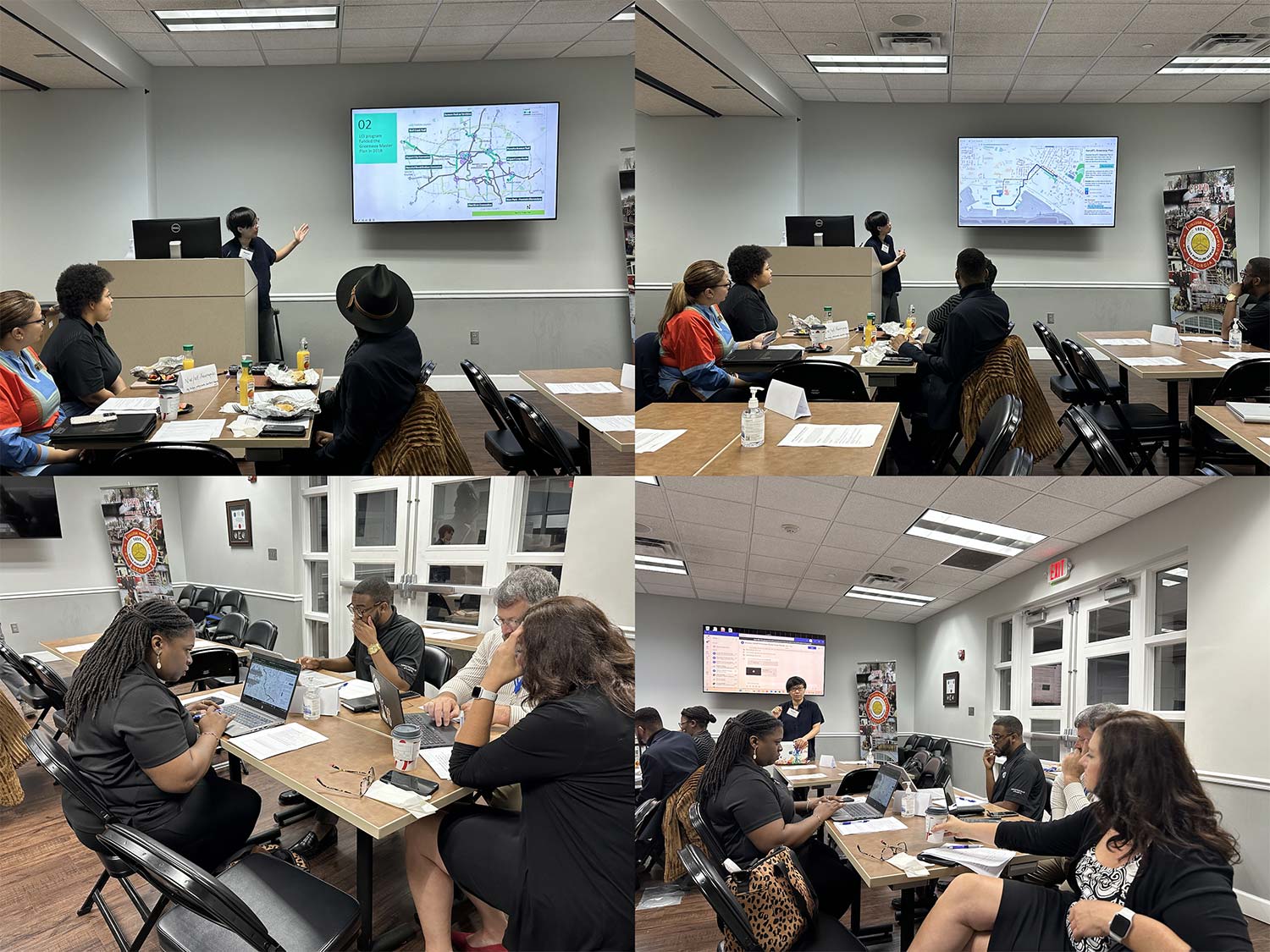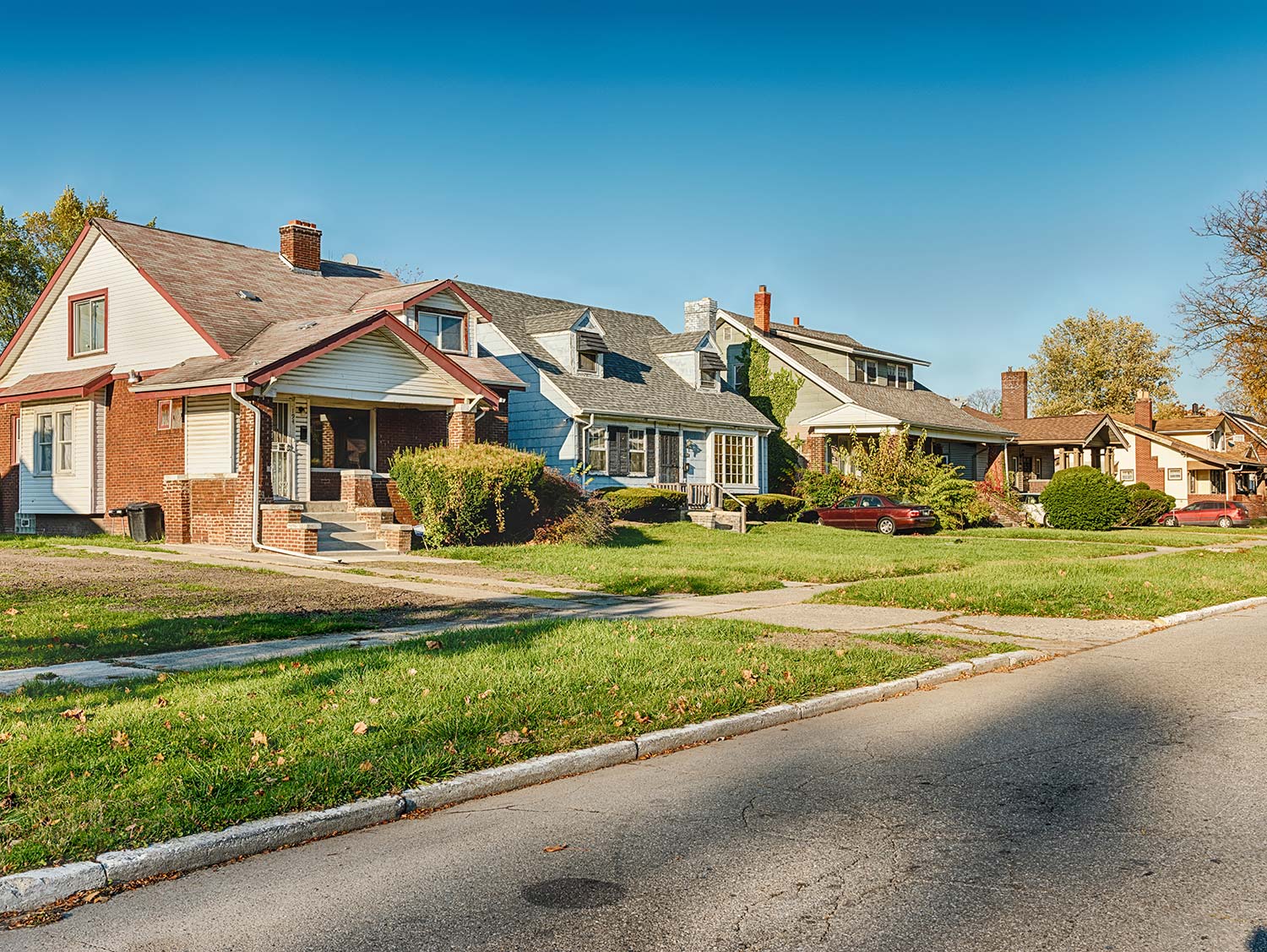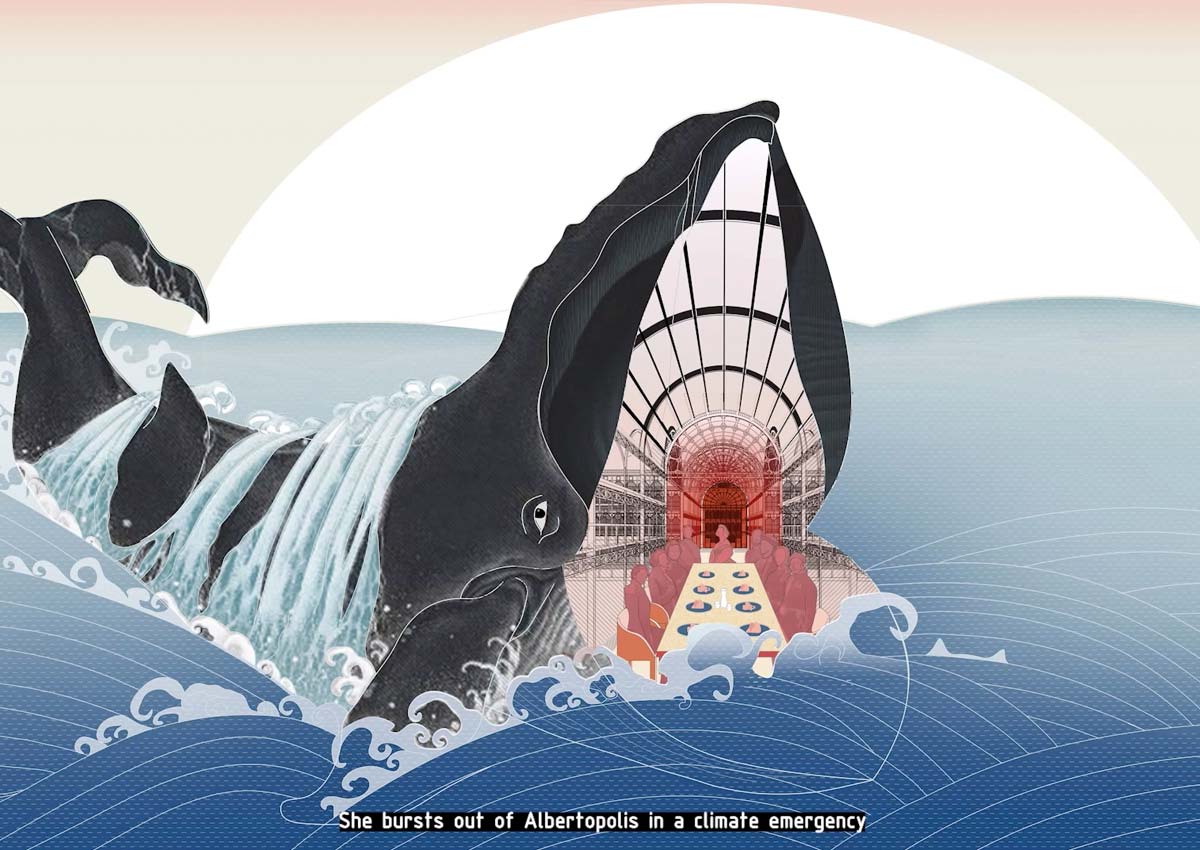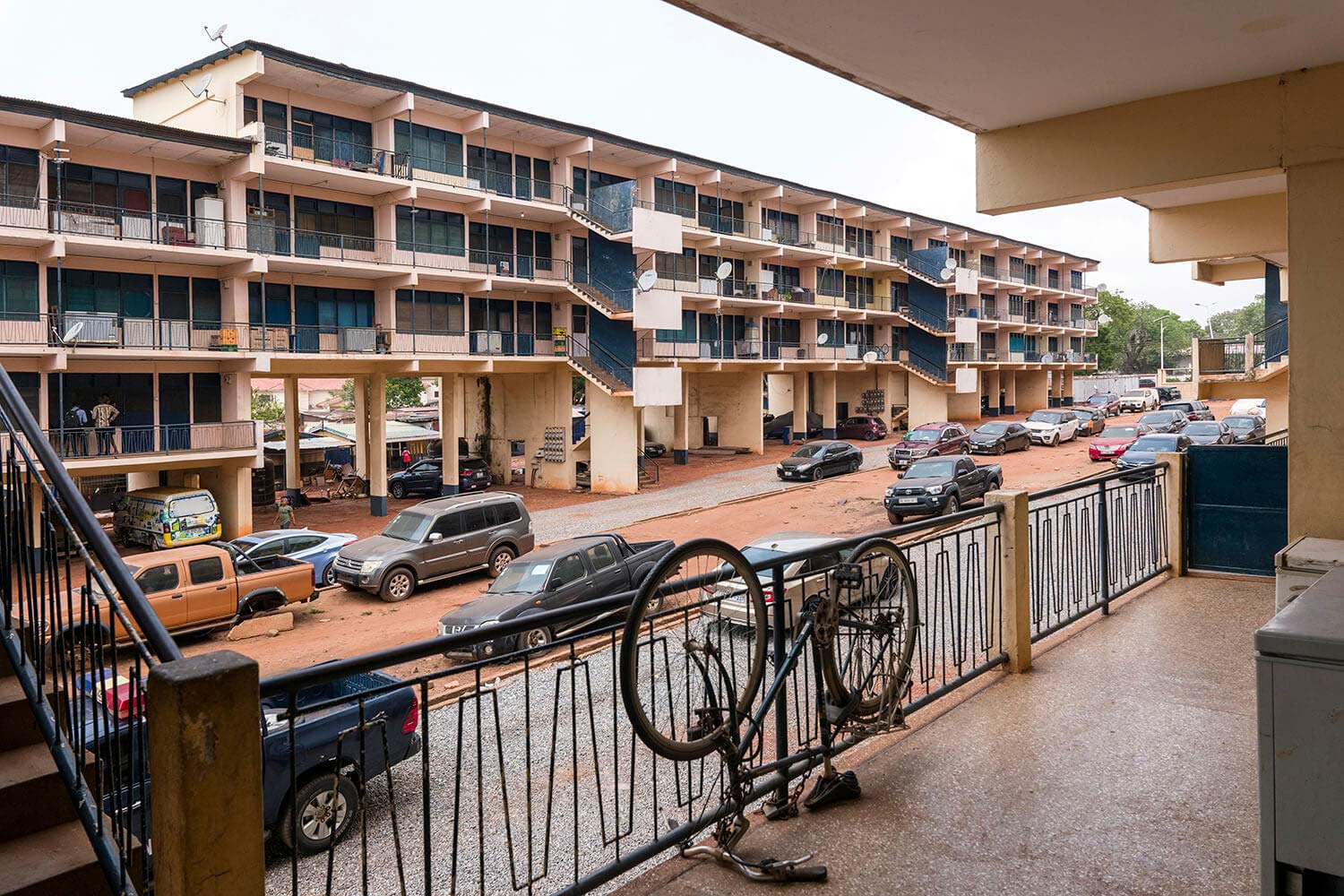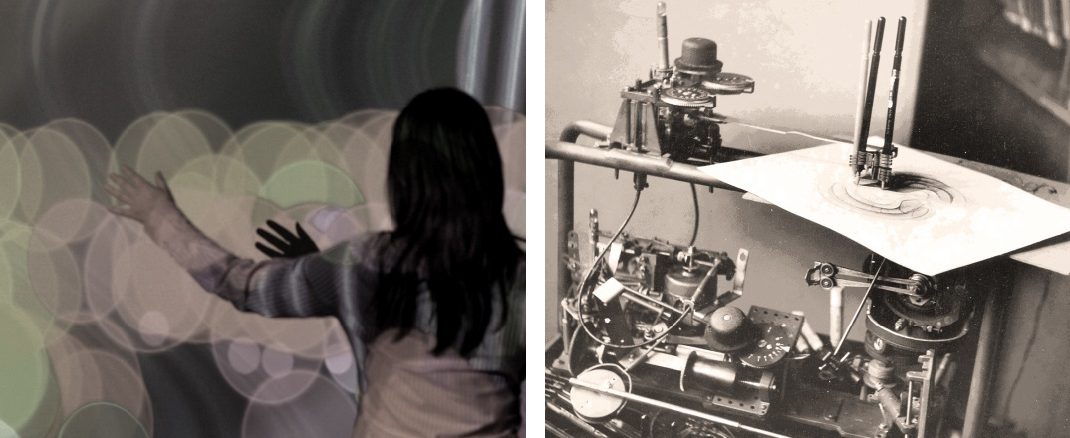
Architecture Student Research Grant announces 2015 winning projects
Architecture Student Research Grant announces 2015 winning projects
Each year, graduating architecture students honor their class by funding a gift called the Architecture Student Research Grant (ASRG). The tradition, initiated by the Class of 2013, provides a unique opportunity for students to support outstanding research from their peers.
While distant sites, subjects, and audiences often monopolize the attention of student research, the 2015 ASRG Grant calls attention to the city of Ann Arbor.
From the third largest stadium in the world to a home with no right angles, Ann Arbor houses an exciting range of urban and architectural conditions that demand critical interrogation, masterful representation, and public exhibition.
By engaging in projects that tackle themes spanning anywhere from production to consumption, research to practice, the individual to the collective, or the physical to the digital, students will have a chance to recontextualize and reconstruct their environment.
This year, with generous support from Dean Monica Ponce de Leon and the Taubman College Alumni Board, the Class of 2015 awarded three prizes of $1700 each to interdisciplinary teams of graduate and undergraduate students. The winning projects are:
The Dialogue Between Drawing Machines and Human Ambience
By Xu Zhang, Kyung Tae Nam, Hyungseong Min, and Siwei Ren
The Dialogue Between Drawing Machines and Human Ambience explores the dichotomy and synthesis of the interaction between programed movement and human ambience through automated and sensory technology. The research focuses on the development of scripted and programmed machines that generate automatic motion with Processing and Arduino. In order to destroy the idea of the perfect and accumulates with ink and other materials, the drawing starts to dissolve definitiveness and celebrates amorphousness.

Hyper Unreal
By Ian Ting, Eujain Ting, Joseph Biglin, and Marius Chamberlin
If the hyperreal is the conflation of the real and its simulation, the ‘hyper-unreal’ is its foil: a disjunction between disbelief in the real and its representation, reflecting upon a fundamental mistrust of the world around us. Hyper Unreal aims to study this phenomena and expand the territory of architectural production in the virtual space of a game that pits the player against architecture as an autonomous agent. We take a critical approach towards the taxonomies of game design space by using novel mechanics, dynamic environments, disciplined spatial representation and curated player perception.
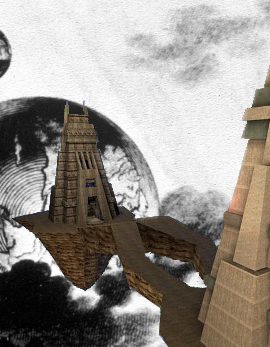
The Architecture of Loneliness
By Kallie Sternburgh and Tafhim Rahman
The Architecture of Loneliness looks to examine the limits of design to single handedly solve problems it is not well equipped to handle. It wishes architecture to be omnipotent but realizes that is not possible and laments that fact. We believe the act of making avoids cynicism and makes the project hopeful, yet tragic.
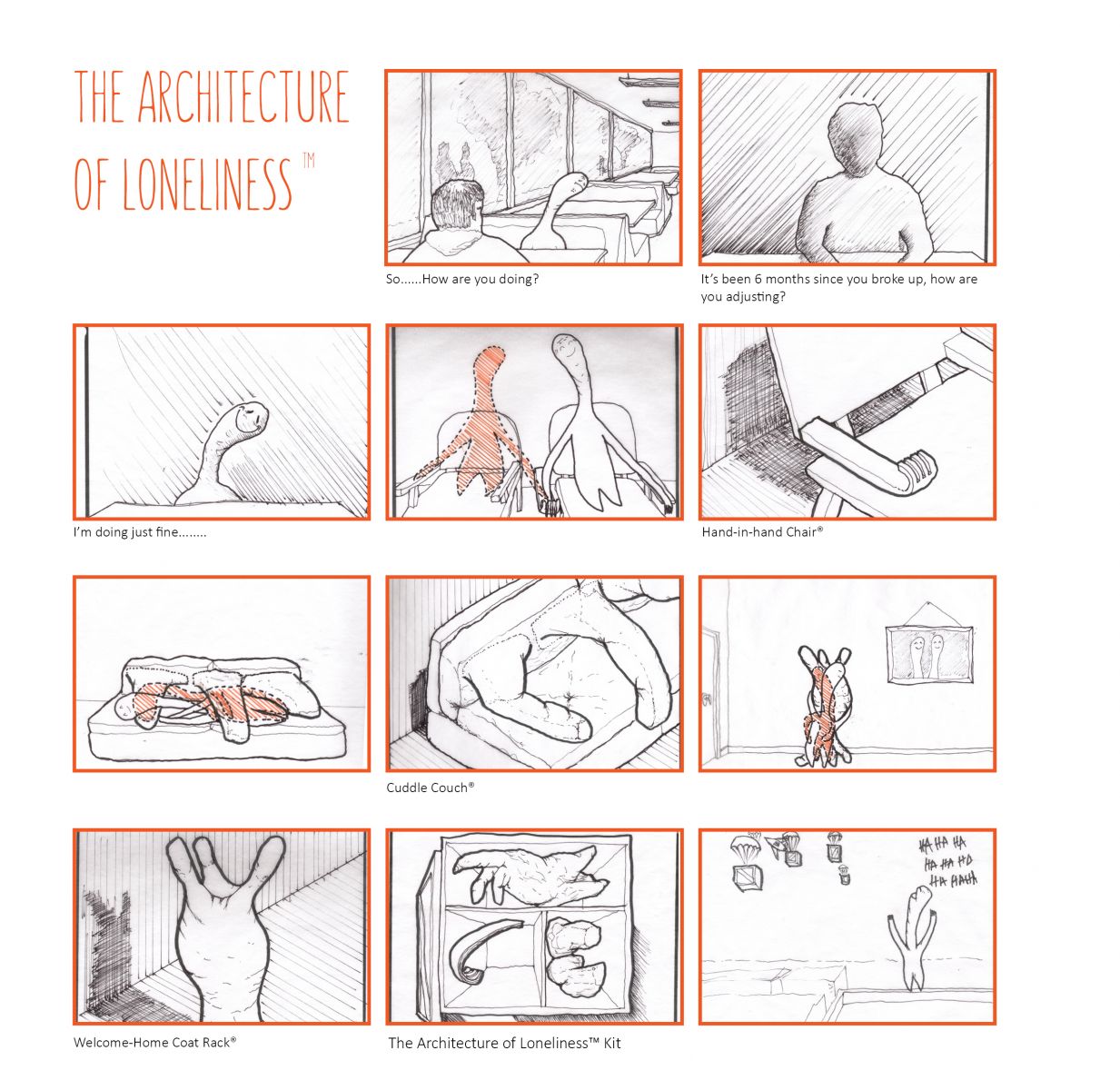
The results of the student research will be presented in an exhibition taking place during the fall 2015 semester. For more information on the Architecture Student Research Grant and to support the initiative, please visit the Architecture Student Research Grant page on the Taubman College website.





